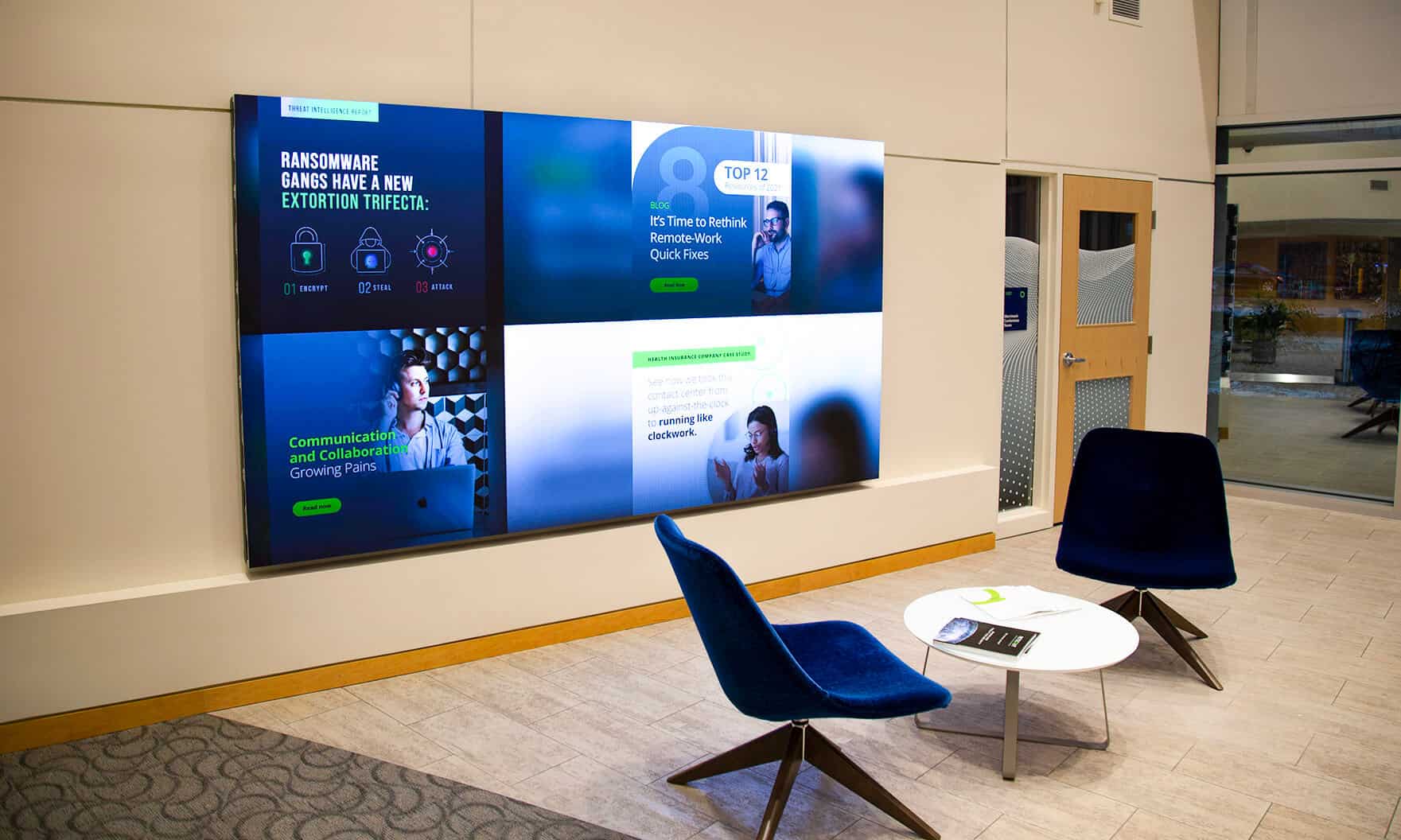A Thorough Analysis of Various Light Emitting Diode Video Wall Techniques and Their Uses
A Thorough Analysis of Various Light Emitting Diode Video Wall Techniques and Their Uses
Blog Article
Light Emitting Diode display screens are increasingly common in various settings, such as music events, sports events, and corporate meetings. These large big screens are made up of many individual Light Emitting Diode modules which function collectively to form a cohesive cohesive image. There are different types of LED video screen technologies available, each having its own features and benefits. Understanding these technologies options can assist businesses and entities select the appropriate option for their specific needs.
A frequent kind of LED display screen technology is the directly viewed LED. This solution utilizes individual LED units which are placed closely together to form a big display. Direct view LED screens are recognized for their elevated brightness as well as lively colors, making them ideal for external activities or brightly illuminated settings. They also have a broad viewing perspective, allowing means that viewers can view the display clearly from various locations. This makes directly viewed Light Emitting Diode screens a popular choice for sports arenas as well as external events.
A different type of LED display screen solution is the LED-backlit LCD. This solution merges conventional LCD displays with Light Emitting Diode illumination to enhance brightness and hue precision. LED illuminated LCDs are often used in interior environments, including shopping centers and meeting spaces. These displays provide excellent image quality and are typically more affordable than directly viewed Light Emitting Diode walls. However, they may not function as effectively in well-lit environments, as the backlighting can occasionally dull the hues.
Another thirdly option is the OLED display screen. Organic Light Emitting Diode solution offers superior contrast as well as hue richness in relation to alternative types of displays. Each pixel in an Organic Light Emitting Diode display produces its individual light, enabling for genuine blacks and vibrant colors. This renders Organic Light Emitting Diode display screens especially attractive for uses that require high-quality try this out visuals, such as gallery exhibitions and luxury shopping outlets. Nonetheless, Organic Light Emitting Diode technology can be more expensive and may not be as luminous as direct view Light Emitting Diode screens, rendering it not appropriate for outdoor use.
Along with the aforementioned technologies, various additionally various applications for LED display screens. They can be used for advertising, amusement, as well as data display. For example, businesses commonly utilize Light Emitting Diode display walls for digital advertising to draw in customers and promote goods. Within entertainment, they enhance the sight encounter at concerts and events, offering dynamic backgrounds as well as captivating visuals. In business environments, LED video screens can be utilized for presentations, video meetings, as well as training programs, aiding to communicate information in a aesthetically attractive way.
In conclusion, Light Emitting Diode display walls come in various technologies, each having its unique advantages and uses. Directly viewed LED screens are ideal for outdoor use, whereas LED-backlit LCDs are more appropriate for indoor environments. Organic Light Emitting Diode display walls offer superior visual clarity but may be at a greater cost. Grasping the differences differences can assist entities make knowledgeable choices about which kind of Light Emitting Diode video screen most satisfies their requirements, whether for promotion, amusement, or business applications.